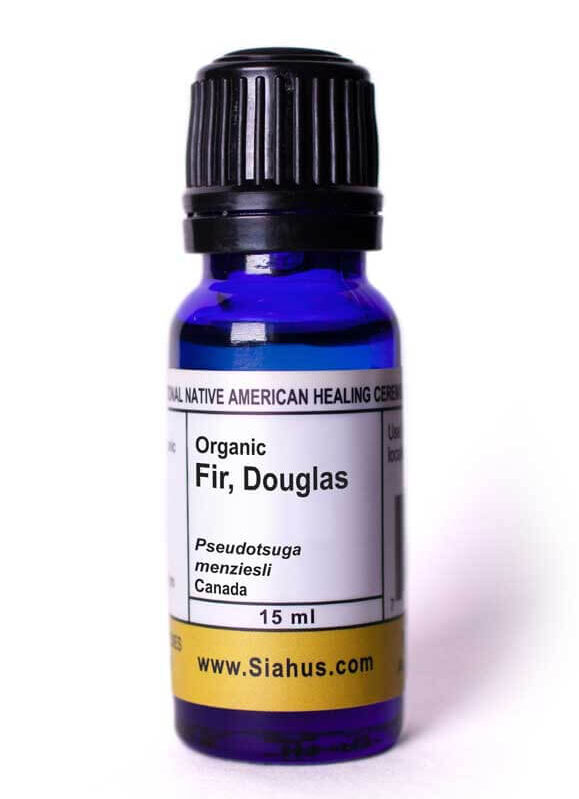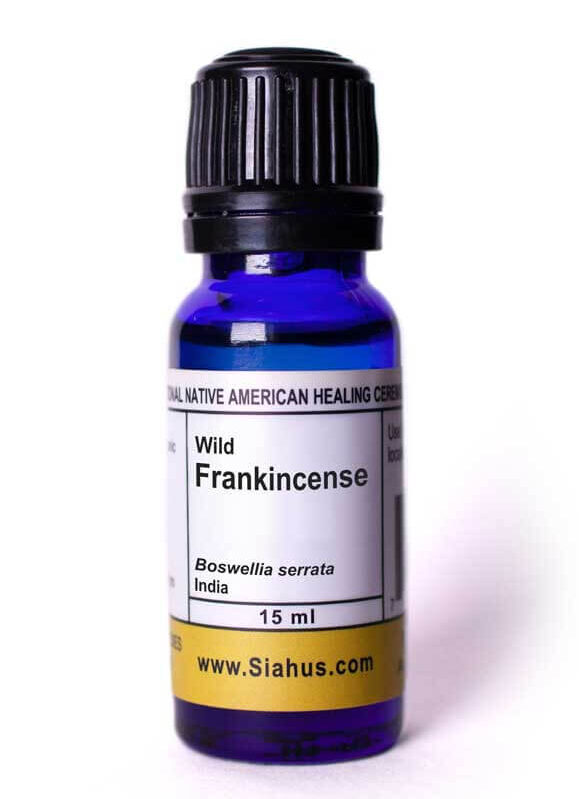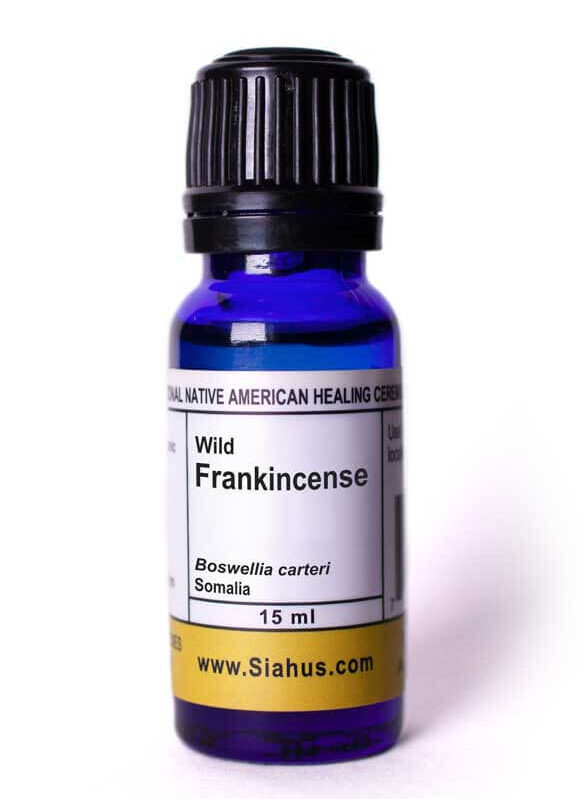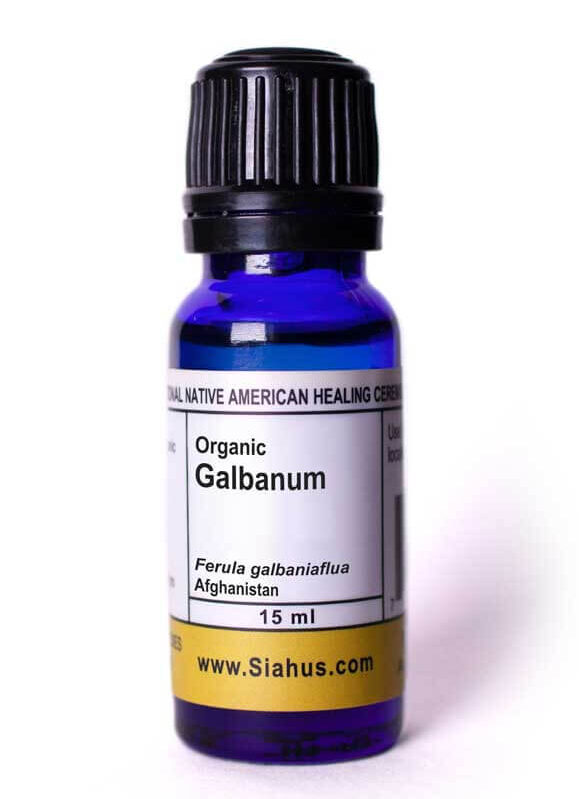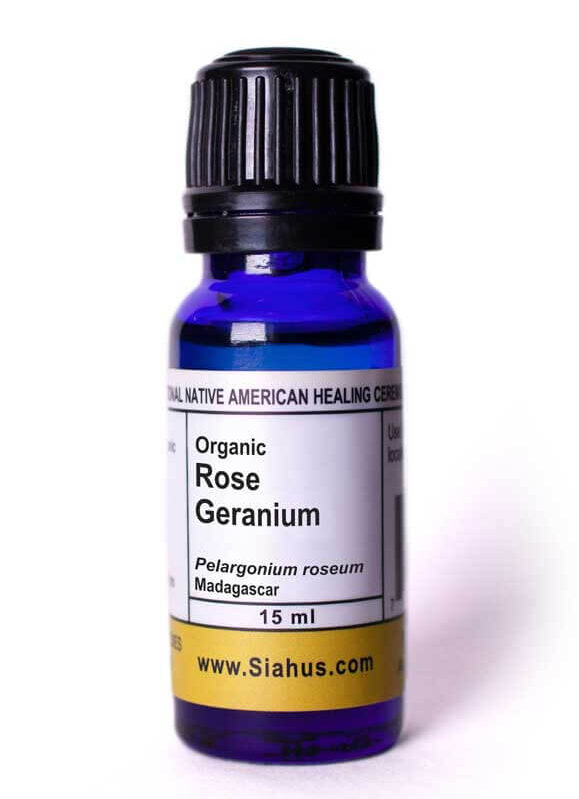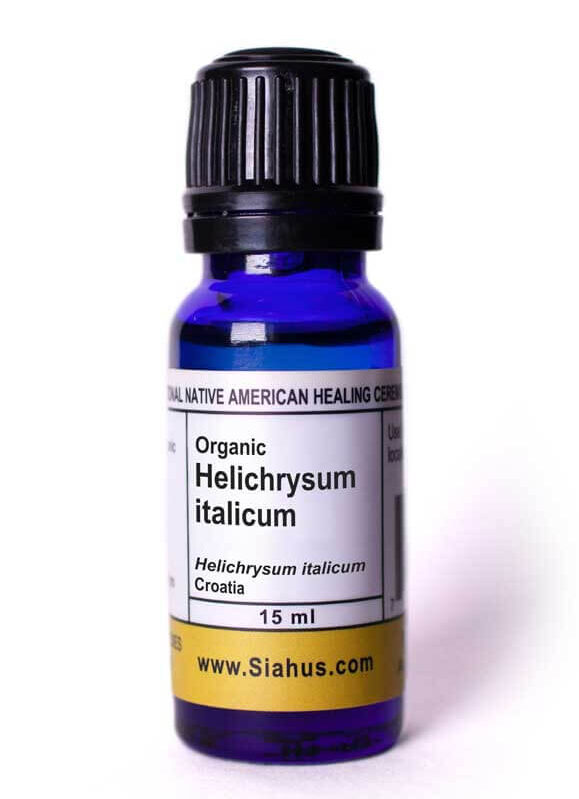Showing 37–48 of 98 results
Filter
Categories: Essential Oil Singles
Fir, Douglas
$15.00
Country of Origin: Canada, Organic
Botanical Name: Pseudotsuga menziesii
Plant Part: Needles
Note: Strong, Sweet, Clean, Piney-Fresh, and Citrusy
0 Reviews Write a review
$15.00
Categories: Essential Oil Singles
Frankincense, India
$25.00
Country of Origin: India, Wild
Botanical Name: Boswellia serrata
Plant Part: Resin
Note: Warm, Resinous, Smooth, Rich, Musky/Earthy
0 Reviews Write a review
$25.00
Categories: Essential Oil Singles
Frankincense, Sacred
$90.00
Country of Origin: Oman, Wild Crafted and Advanced Technology Extracted
Botanical Name: Boswellia sacra
Plant Part: Resin
Note: Woody, Musky
0 Reviews Write a review
$90.00
Categories: Essential Oil Singles
Frankincense, Somolia
$50.00
Country of Origin: Somalia, Wild Crafted
Botanical Name: Boswellia carteri
Plant Part: Resin
Note: Woody, Musky
0 Reviews Write a review
$50.00
Categories: Essential Oil Singles
Galbanum
$20.00
Country of Origin: Afghanistan, Organic
Botanical Name: Ferula galbaniaflua
Plant Part: Root
Note: Green, Fruity-Floral, and Traces of Pine
0 Reviews Write a review
$20.00
Categories: Essential Oil Singles
Geranium
$17.00
Country of Origin: India, Organically Grown
Botanical Name: Pelargonium gravelolens
Plant Part: Flower and Plant
Note: Sweet and Floral
0 Reviews Write a review
$17.00
Categories: Essential Oil Singles
Geranium, Rose
$33.00
Country of Origin: Madagascar, Organic
Botanical Name: Pelargonium roseum
Plant Part: Flower
Note: Flowery Sweet Honey Like
0 Reviews Write a review
$33.00
Categories: Essential Oil Singles
German Chamomile
$70.00
Country of Origin: Hungary, Organically Grown
Botanical Name: Matricaria recutia
Plant Part: Flowers
Note: Deep, Sweet, Herbaceous, Grassy, and Slightly Earthy Aroma
0 Reviews Write a review
$70.00
Categories: Essential Oil Singles
Ginger Root
$21.00
Country of Origin: India, Organic
Botanical Name: Zingiber officinale
Plant Part: Root
Note: Warm, Camphorous, Fresh, Slightly Floral
0 Reviews Write a review
$21.00
Categories: Essential Oil Singles
Grapefruit
$13.00
Country of Origin: USA, Organic
Botanical Name: Citrus paradise
Plant Part: Peel
Note: Sweet and Citrusy
$13.00
Categories: Essential Oil Singles
Helichrysum gymnocephalum
$35.00
Man Found Standing Writes:
Helichrysum gymnocephalum, Organic: Madagascar (Helichrysum gymnocephalum)
The word Helichrysum is derived from the Greek word “Helios” meaning sun and “chrysos” meaning gold. With the over 600 species grown in different parts around the world, there many similarities and differences in the chemistry of the plant. The small yellow flowers of Helichrysum gymnocephalum contain some of the same healing chemistry as eucalyptus and the oil is often thought to be quite similar in smell. Traditionally this plant was used as an antiseptic, pain relief, aphrodisiac, and to assist lung and breathing issues.
Often sold in the market as Helichrysum italicum this oil is quite different and should not be considered interchangeable. Helichrysum italicum has more overall therapeutic benefits, like its wound and nerve healing properties. However, the low cost of Helichrysum gymnocephalum and its powerful pain relief properties make this an oil we love to use for our healing practices. A few drops, rubbed on location, will quickly relieve even the most intense pain.
Primary Usages: Beneficial for pain relief (headaches, painful menstruation, sore muscles, arthritic joints, rheumatism, bruising, gout, goiters, muscle spasms, inflammation) and assists with respiratory complaints (bronchitis, colds, flu, infections, asthma, COPD, sinusitis, sore throats).
Secondary Usages: Beneficial for skin(dermatitis, cuts, wounds, antiseptic, herpes, varicose ulcers) and can also induce menstruation and lactation.
Has Been Reported: Assists mouth and gum issues (gingivitis, pain, infection) and is said to be helpful in treating ulcers and stress issues with the stomach and urinary tract.
Descriptor: Analgesic, Antiseptic, Anti-Inflammatory, Expectorant, Decongestant
Application: Apply topically or diffuse.
Caution: This oil contains Cineole in a high percentage. Cineole, although approved as a flavoring, is toxic if taken internally in large amounts. Do not use, or use with extreme caution, with children and while pregnant.
Found In: Joint Support, Sports Pro, Courage
Influences: Stimulating, uplifting, and renewing to the energy centers. Assists to heal emotional wounds and restore peace.
Medicine Wheel: A Primary South and Secondary North. Increases the Guardian Qi(Immune System) and has the ability to clear the lungs.
Blends Well With: Basil, Bergamot, Birch, Chamomile, Cypress, Elemi, Lavender, Marjoram, Peppermint, Rose, Rosewood, Spruce, Tea Tree, Wintergreen
Recipes: For a massage blend for colds and achy body combine five drops each of Helichrysum gymnocephalum, Lavender, Ho-Leaf, and Tea Tree in two ounces of a massage carrier oil for a full body massage.
Country of Origin: Madagascar, Organic
Botanical Name: Helichrysum gymnocephalum
Plant Part: Leaf and Plant
Note: Eucalyptus like smell
$35.00
Categories: Essential Oil Singles
Helichrysum italicum
$149.99
Country of Origin: Croatia, Organic
Botanical Name: Helichrysum italicum
Plant Part: Leaf and Plant
Note: Rich, Herby, and Earthy
0 Reviews Write a review
$149.99

